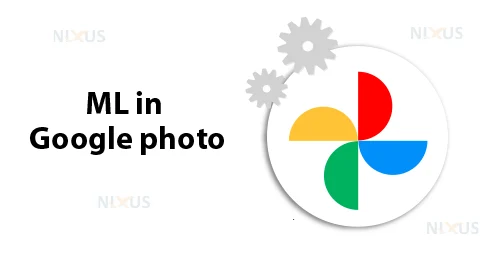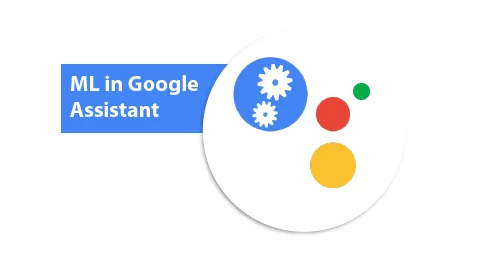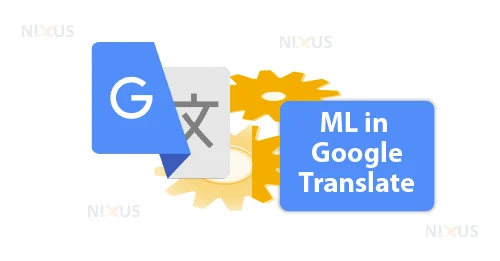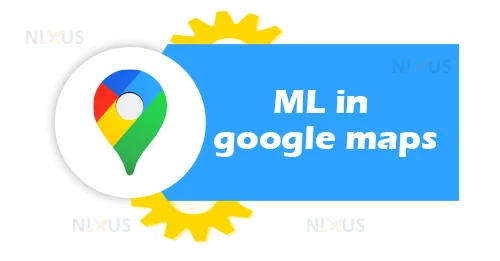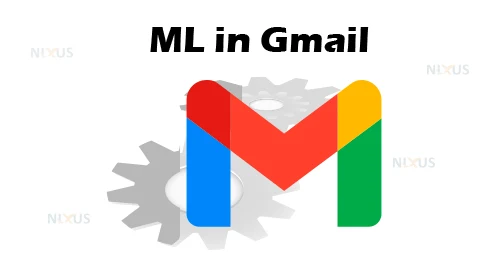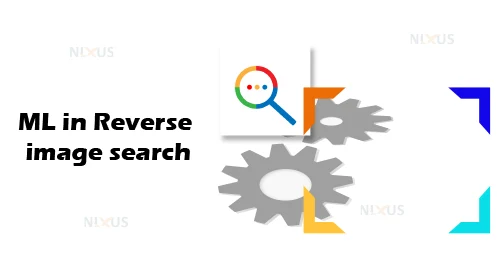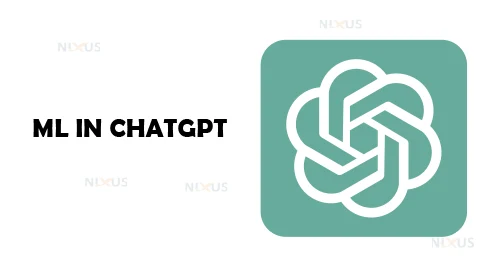Machine Learning at Google
The use of machine learning to determine trends, values, and other properties of items based on historical data is already widespread in many search engines. Speaking about Google, it is identified as a machine learning-first organization.
Today, life without Google is a horrible dream. Since each and every task performed over the system involves Google services, google deals with a tremendous amount of data on a daily basis. This shows the need for machine learning as this data has to be managed so that it can provide better services to the users. Machine Learning is being used to determine trends, values and many other features based on historical data. Google has been declared as a company with its first focus on machine learning itself.
There exist some reasons to give machine learning this much importance.
1. Pattern Recognition: For identification of duplicate content or scam.
2. New signals detection: It helps in making predictions over new trends in order to enhance the search quality outcome quality.
3. Understanding photos from Image search: This analyzes shape and color patterns and maps with existing schema data about images to help the search engine understand what an image is.
4. Improve Advertisement quality and targeting: Tons of data get into the system on a keyword basis to determine the thresholds that are considered by Google for each keyword.
Here are some examples of uses of machine learning at Google.
1. “Google Photos”
If you use Android, I have no doubt that you utilize Google Photos frequently. Google Photos is an app for Android, iOS, and the web that offers limitless photo and video storage as well as photo and video sharing. Users upload their images to the cloud storage service, where they may then be accessed on all of their linked devices.
Google Photos employs machine learning to determine which pictures are the “best” by taking into account a variety of subjective factors, including whether or not they are in focus and how well they are composed.
Choosing the “best” photo in Google Photos frequently entails selecting images that include a landmark.
The organization previously employed its deep neural network of computers to perform things like automatically selecting the best thumbnails out of YouTube videos. These computers are made to replicate the more abstract learning processes of the human brain.
2. Speech Recognition in Google
By speaking into a computer or mobile phone, users can use Google Voice search to conduct Google searches. Speech recognition is a feature of many Google services. You may ask for assistance verbally with “Google Assistant”, “Gboard” allows you to narrate messages to your contacts, and Google Meet automatically captures meetings.
Google originally unveiled Google Assistant, a speech-activated virtual assistant, during the 2016 I/O conference in California. The Google Assistant- a voice-activated virtual assistant, offers context data and carries out tasks like setting up an alarm, making a bus ticket reservation or making a phone call on the user’s behalf, similar to Alexa, Siri, or Cortana. If they prefer not to use voice commands, users can also write/type their instructions to Google Assistant through their smartphones.
In order to understand or recognise some factors such as what the user is saying, provide suggestions, or take action on that input, Google Assistant uses AI technologies such as machine learning and natural language processing.
Deep neural networks, a sort of machine learning that enables us to create speech recognition systems that are more precise and quicker, are used more frequently in voice technology. Deep neural networks typically require bigger data volumes to function efficiently and enhance over time. Model training is the name given to this process of enhancement.
3. Google Translate
The most well-known free machine translation tool in the world is Google Translate. Via Translate Community, 90 million contributions from 3.5 million users have already been made, aiding in the development of Google Translate and the addition of new languages. When dealing with a foreign language or nation, a few well-translated sentences can go a long way.
Google Translate was initially made available as a statistical machine translation tool. It was necessary that the required text be translated into English before being translated into the chosen language. Since about February 2010, it was built into browsers like Chrome and was capable of pronouncing text, identifying words automatically in images, and identifying texts and languages that were unfamiliar.
Google switched to using a methodology known as neural machine translation in November 2016. It has been found to be more precise when translating English to French, German, Spanish, and Mandarin when using deep learning algorithms, which translate entire sentences at once.
4. Google Maps
Millions of users may get helpful instructions and current traffic data from Google Maps. To reflect the changes in a world that is continually evolving, this data is updated continuously. To manually search through billions of photos in search of new or updated data for Google Maps is unfeasible. Enabling the automatic extraction of data from geo-located imagery to enhance Google Maps is among the objectives of machine learning.
There has never been more pressure on maps to be accurate, precise, and updated often. Machine learning algorithms are built on solid training data. The secret to supplying location data in a scalable manner is machine learning and extensive image collecting.
5. Gmail
Normally, rules-based programming would be unable to handle the complexity and nuanced aspects of communication, which is why ML is required technology for even a task as seemingly basic as writing a brief email answer.
The email responses are produced by Google using a “Deep Neural Network.” Compared to rule-based systems, these systems are more generalizable and can handle whole fresh inputs with greater grace.
To dissect and encode the incoming email, Smart Reply specifically uses one neural network. A different network forecasts responses.
These networks seek to discover and develop communication “vectors.” The systems develop a direction (vector) to grasp the intent rather than dealing with each word separately. “How are you doing,” “How’s it going,” and “Doing well” all follow a similar vector in this way. Their intentions are the same. After that, the sender’s intent can be compared with an intent vector you’ve created in your own special way.
6. Reverse Image Search
Reverse picture search on Google, also known as Google Search by Image, is a tool offered by Google that enables users to do image searches utilizing photographs as the starting point instead of verbal or written search queries.
Google will simply look for relevant images if you upload an image or offer a link to one that is already online. Usually, these will be precise replicas or a combination of exact duplicates and comparable images.
Following are the three key components required to solve a reverse image search:
1. a database used to store images and their corresponding numerical vectors, also known as embeddings.
2. ML model for producing numerical feature vectors for images
3. a module that uses the ML-based search algorithm to look for extracted features of an input image (query) in the image database.
7. ChatGPT
Since its beginnings in the 1950s, artificial intelligence (AI) has advanced significantly, and machine learning has been one of the major forces behind this development. The environment of AI has drastically transformed as a result of research advances, and AI models now possess skills that are very close to those of humans. One such model that has attracted a lot of interest recently is ChatGPT from OpenAI, an AI model based on language that has swept the AI industry.
In order to produce writing that resembles human speech, OpenAI developed ChatGPT, an AI language model. It generates language using a large corpus of textual data and a neural network type called the transformer architecture, which has been successful in many NLP tasks. ChatGPT aims to produce logical, contextually relevant, and natural-sounding language.
As we know, in machine learning, algorithms are used to learn from data and generate predictions using that information. With regard to ChatGPT, machine learning is utilized while training the model on a large corpus of textual data and generating predictions for the subsequent words in a phrase based on the preceding words.
8. RAINBRAIN
In order to find the most pertinent results for search engine queries, RankBrain, a part of Google’s core algorithm, leverages machine learning. Prior to the introduction of RankBrain, Google used its standard algorithm to choose which results to display for a particular query. Since the implementation of RankBrain, it is thought that the query now passes from this interpretation model that could take into account variables like the searcher’s location, personalisation, and the query’s terms to ascertain the genuine intent of the user. Google can produce more pertinent results if it can determine this genuine intent.
What distinguishes RankBrain from other updates is its machine-learning component. Google “feeds” data from a number of sources to the RankBrain algorithm in order to “train” it on how to generate helpful search results.
Following that, the algorithm takes over, calculating and learning for itself over time to match a range of signals to a number of results and to organize rankings of search engines on the basis of these calculations.
Conclusion
There are several such apps of Google that utilize Machine Learning, which helps to make our lives easier. You would be aware of some of the interesting ways that Google uses ML at this point. Our lives have become incredibly convenient as a result of all these applications and technologies. With its massive available data, Google has grown in strength and is now making novel remedies to issues possible in the modern day.
